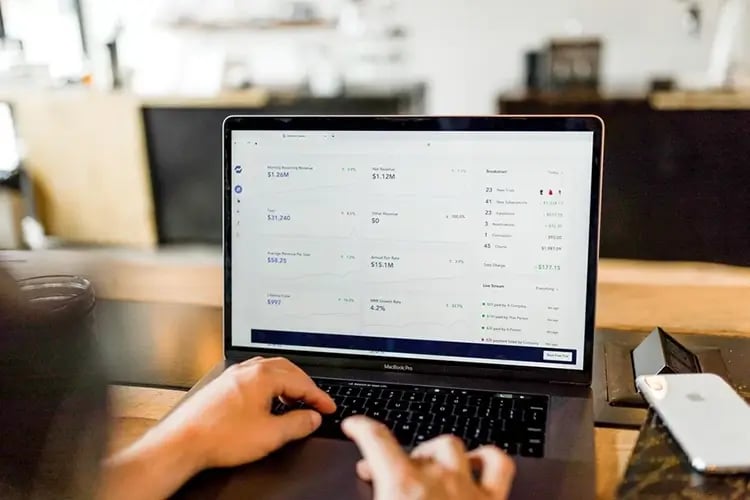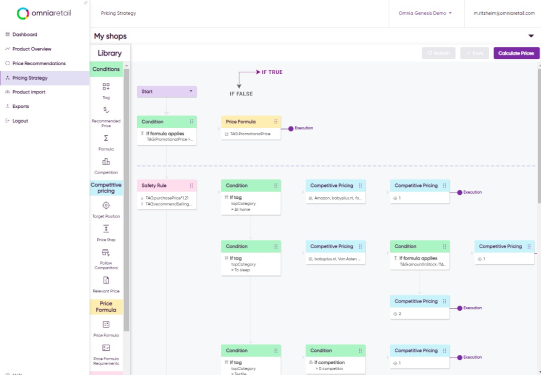
04.02.2021
Table of contents:
Margin pressure refers to the reduction in profit margin caused by internal or external issues like rising costs, falling prices or other factors. When a retailer is dealing with margin pressure, it means that something is driving revenue down or costs up, a prelude to a decrease in per unit profitability.
It’s understandable that businesses would want to mitigate the risks of margin pressure or avoid them altogether. Let’s divide these risks into two categories:
Margin pressure can be particularly challenging in the e-commerce space for a number of reasons; firstly, because online shopping has created an environment specifically built for easy price comparison. This enables customers to easily compare side by side and make informed decisions, increasing pressure to retailers who choose to compete on price.
Second, the environment is extremely competitive, with countless options available to each consumer. An e-commerce company’s competitors may offer easier shipping, have a broader product assortment or other attractive offers. And because e-commerce has lower barriers to entry, new players are continually entering the market, increasing the competition and squeezing margins further.
Any of these factors can increase a company’s costs or drive them to decrease their prices, narrowing margins and making it challenging to turn a profit.
There are countless forms of margin pressure, with the most common risks varying by industry, location, partners and many other factors. Below are some examples of margin pressure for e-commerce retailers:
As mentioned above, there are a variety of risks that can create margin pressure, many of which retailers and other e-commerce players have limited control over. However, there are some strategies that can be used to mitigate risk and deal with existing margin pressures.
First, efficient cost management ensures risk is kept as low as possible. Retailers can implement rigorous cost management practices to identify areas for cost reduction or optimisation; for example, negotiating better terms with suppliers, optimising fulfilment and shipping processes and finding cost-effective marketing channels.
Another strategy is to diversify product offerings or find new revenue streams. Ensuring that the business is not reliant on any one source of sales reduces risk if costs associated increase or sales decrease.Broadening the product range to include higher-margin items or exclusive products that provide a competitive advantage is also effective. Retailers can even look into revenue streams beyond traditional product sales, such as offering premium services, subscriptions or partnerships with complementary businesses.
Finally, regularly reviewing and optimising pricing strategies is key to ensure competitiveness and combat margin pressures. Using a tool like Omnia’s Dynamic pricing enables retailers to efficiently automate even the most complex of pricing strategies at scale, ensuring all pricing rules are followed to handle any margin pressures that may arise.
